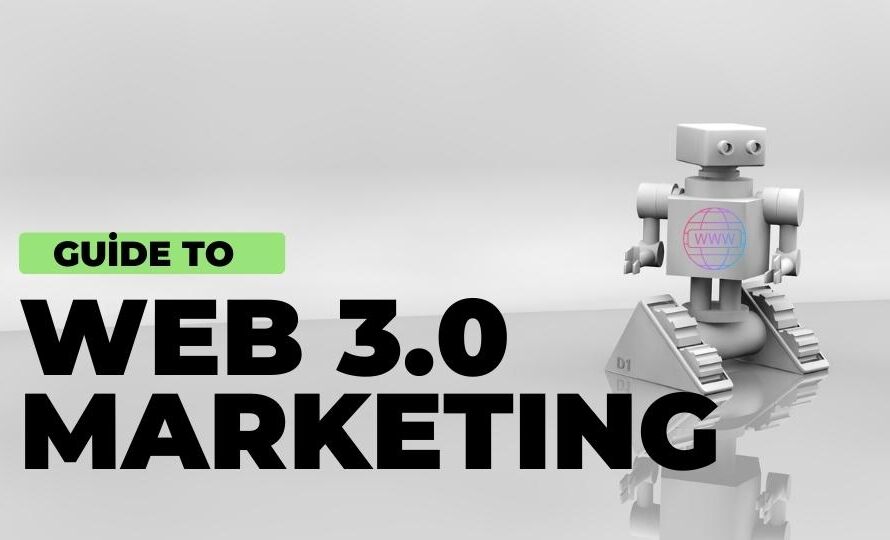What is Tokenomics?
The word ‘tokenomics’ is made up of two words: token and economics. It is the study of a crypto token’s economics, from its qualities to its distribution and production, and much more.
In Tokenomics, crypto tokens are units of value created by blockchain-based projects on top of an existing blockchain. Crypto tokens can be exchanged and have several values and they are completely different types of digital asset.
What are Tokenomics Models?
To learn more about tokenomics, it is necessary to first understand the various models of token: Layer 1 Token, Layer 2 Token, Fungible Token, Non-Fungible Token and Utility Token.
LAYER 1 Tokens: Layer 1 tokens represent a specific blockchain and its network used for a variety of services such as investment, storage, and purchase. Every transaction on the network is settled.
LAYER 2 Tokens: Layer 2 tokens are designed to help in the scaling of decentralized apps on a network.
Fungible Tokens: Fungible tokens or assets are divisible and can be exchanged with the tokens of the same types. Gold is an excellent example of a fungible asset since its value is consistent across countries.
Non-Fungible Tokens: Instead of Fungible Tokens, non-fungible tokens, or NFTs, are indivisible and do not have the same value. They represent real world assets. Since NFTs are based on blockchain technology, they may be entirely confirmed by giving them a digital signature that represents ownership and uniqueness.
Utility Tokens: Utility tokens are simply app coins or user tokens. Each time a project launches an ICO, this kind of token is given through collective sales. A project that creates a utility token is basically creating a digital ticket that may be used in the future to get a deal on something, product or service.
How to Design Tokenomics?
Utility
It is important to ensure that a token economics model is highly safe and long-lasting. Any evidence of infrastructural fragility could cause significant disparities. So, it is critical to create a good model. The correct token model can help to avoid many crucial challenges, but it also requires great time and resources.
Use Cases
It’s crucial to remember that use cases also influence how tokenomics prices are evaluated. The analysis of various token economics use cases may provide a thorough idea of how it may shape the development of blockchain and cryptocurrency technologies in the future.
Here are some of the use cases of token economics:
Yields
Tokens are staked in liquidity pools, huge collections of cryptocurrency that drive services like lending platforms and decentralized exchanges. New tokens are released as payment for these yields.
Staking
Staking pays for a similar system, but it keeps away some coins in a smart contract. This is how blockchains like Tezos work, and it’s the model that Ethereum 2.0 is aiming for.
Governance
Governance has a huge role in tokenomics. Many tokens act as so-called governance tokens, which allow holders voting rights to influence a project’s future rules and decisions. All of this is done for the purpose of decentralization; rather than a centralized group of developers making decisions, token holders can decide on how the platform should be managed.
Value
Token economics may help in focusing on the economic and social costs associated with token projects. This is an essential factor in an era where tokens may be used to represent almost any real-world asset, even including real estate, artwork, and collectibles. Most importantly, tokenomics is capable of providing the value of community-based solutions that correspond with consumer values.
Reward System
The users should be motivated to keep investing their time and money in the project after initially joining and buying tokens.
No one would want to secure the network if there was no reward system. However, when a reward system is in place, the choice process changes. These can be loyalty programs, staking pools, liquidity mining and other approaches.
Factors of Token
The value of a cryptocurrency is influenced by a variety of factors. It is crucial to understand the factors that might substantially impact a crypto token’s value.
Token Supply
The supply of a token is a crucial factor that is used to evaluate a crypto’s tokenomics. There are three different types of supply: circulating supply, total supply, and maximum supply. The quantity of cryptocurrency tokens in circulation is referred to as the “circulating supply.”
The amount of tokens that are presently in circulation less all tokens that have been burnt is the “total supply”. It is determined as the total of all tokens, including those that are locked in some way and those that are actively in circulation.
Last but not least, the difference between total supply and max supply is that the latter refers to the maximum amount of tokens that will ever be produced.
Market Cap
The market cap, or market capitalization, of a cryptocurrency, is a statistic used to assess a token’s level of popularity. It reveals how the general feels about a certain cryptocurrency and highlights its advantages over its rivals. The extreme variabilities are seen in market capitalization.
Token Model
Every crypto token has a model that defines its worth in the end. Some tokens are inflationary, which is why they do not have a maximum supply and can continue to mine eternally. For instance, deflationary tokens have a token supply that is limited to the maximum supply.
Deflationary tokens are excellent for avoiding unsold currencies in circulation and are typically unaffected by market fluctuation. On the other hand, inflationary tokens perform a good job of encouraging network miners, delegators, and validators.
Price Stability
Tokenomics emphasizes the importance of researching the effects of price stability. Fluctuations can likely lead to decreased investor interest. Nevertheless, it is expected that individual prices would fluctuate in reaction to changes in supply and demand, this does not necessarily imply that the overall level of prices will also change.
Economy Model
There are two types of economic models: Deflationary and Inflationary.
Deflation
Deflationary is when consumer and asset prices decrease over time. As a result, even in situations with stable demand, the value of each asset would rise. On the other hand, different projects use distinct deflationary approaches to achieve various goals.
A detailed knowledge of deflationary is required in order to distinguish between inflationary and deflationary economy model options in the market.
Inflation
Inflation has a growing quantity of tokens in circulation. Some of the most prevalent ways for introducing new tokens, including mining, staking, and other methods, can assist in increasing the circulating quantity of tokens.
The token’s value would decrease as its supply increased. As a result, users must pay more tokens to purchase a certain product or asset.


